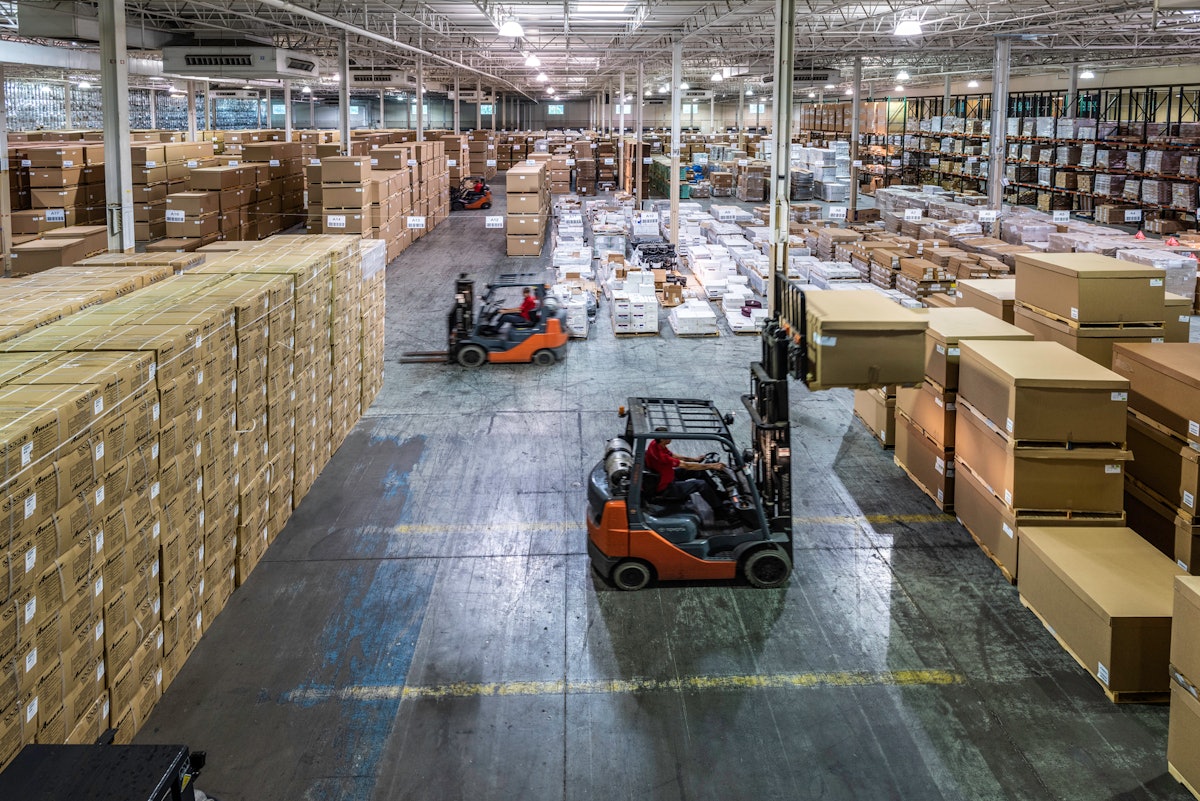The landscape of physical retail is undergoing rapid transformation, impacted by a confluence of technological innovation, evolving consumer expectations, and macroeconomic shifts. Today, brick-and-mortar stores can no longer rely solely on legacy business models and traditional customer service paradigms. Several significant trends are not just shaping the sector—they are fundamentally disrupting how physical retail operates, compels footfall, and competes with a digitally driven marketplace.
Omnichannel Integration: Merging Online with Offline Experiences
One prominent change-maker in the physical retail sector is the vigorous adoption of omnichannel approaches. Retail companies now understand that customers demand seamless, uniform experiences across all channels. This involves achieving coherence between brick-and-mortar stores, online shopping platforms, mobile apps, and even social commerce.
For example, large retailers such as Target and Walmart have heavily invested in buy online, pick up in-store (BOPIS) options. According to a 2023 report by the National Retail Federation, more than 70% of consumers utilized BOPIS at least once in the past year. This hybrid interaction not only drives in-store traffic but also provides traditional retailers with valuable cross-channel data, enabling more targeted marketing and inventory optimization.
Case Study: Nordstrom The “Nordstrom Local” initiative showcases a successful approach to omnichannel innovation. These compact, inventory-free locations enable customers to collect online purchases, return items, or receive bespoke styling guidance, boosting ease of access while maintaining a streamlined operation.
Experiential Retail: Turning Locations Into Attractions
Physical retail is shifting away from purely transactional spaces to experiential venues that emphasize community, engagement, and brand immersion. Modern consumers, particularly Millennials and Gen Z, prioritize unique, memorable experiences over simple product acquisition.
Example: Nike’s House of Innovation Nike’s flagship stores, dubbed “House of Innovation,” offer features like interactive sports zones, customization bars, and AR-enhanced product displays. These elements stimulate longer dwell times and foster deeper emotional connections between consumers and the brand.
Experiential components go beyond mere tricks; they significantly impact buyer choices. As per a Deloitte survey conducted in 2022, 58% of consumers are inclined to return to shops that provide captivating experiences, including in-store events, workshops, or immersive product demonstrations.
The Growth of No-Checkout and Contactless Shopping
Impulsado por avances en visión por computadora, inteligencia artificial y dispositivos IoT, el concepto de pago sin fricción está entrando rápidamente en el comercio minorista. La pandemia mundial aumentó esta demanda, haciendo que la higiene y la rapidez sean primordiales.
Amazon Go and Competitors Amazon Go introduced the groundbreaking “Just Walk Out” technology, allowing customers to simply enter, gather items, and leave without the need for traditional checkout processes—transactions are handled effortlessly through mobile applications and sophisticated sensors. Various other retailers, such as 7-Eleven and Tesco, are testing comparable models to reduce operating expenses and meet the increasing need for convenience among consumers.
Data Insights A Juniper Research report forecasts that frictionless checkout technologies could process $386 billion in transactions globally by 2025. This acceleration is supported by consumer feedback—over 60% of respondents in a 2023 Capgemini poll stated they prefer self-service checkout options, citing speed and better control.
Sustainability and Ethical Commerce
Consumers nowadays are more aware of their impact on the environment and ethics. Brick-and-mortar retailers need to adapt by incorporating sustainability throughout their processes, including environmentally friendly store designs, transparent supply chains, and sourcing locally.
Retailer Example: IKEA has redoubled sustainability efforts in their physical locations, employing renewable materials in stores, offering repair services, and piloting furniture repurchase programs. Such initiatives resonate deeply with a customer base that expects environmental responsibility as the norm, not the exception.
Additionally, smaller chains and independent retailers are using sustainability as a distinct selling point. Actions like zero-waste packaging, carbon-neutral delivery for store collections, and local recycling locations are fostering loyalty among environmentally conscious consumers.
Versatile Store Layouts and Small-Scale Fulfillment
El área de venta al por menor está cambiando para ser más flexible y adaptarse mejor a las tendencias del mercado local y la optimización del inventario. El crecimiento de los centros de micro-fulfillment—instalaciones de almacenamiento pequeñas y automatizadas que se encuentran cerca de grupos de consumidores—facilita entregas rápidas y respalda los modelos de compra y recogida.
Case Study: Kroger Kroger, the primary supermarket chain in the U.S., collaborates with robotics companies to establish automated micro-fulfillment facilities next to their current locations. This approach significantly cuts down on final-mile delivery durations and improves inventory rotation, giving an advantage over online retailers with quick shipping options.
Retailtainment and Community-Driven Commerce
Physical outlets are transforming into community hubs that encourage social engagement and fun activities. This development, frequently referred to as «retailtainment,» is visible in venues such as Apple’s flagship stores, where Today at Apple sessions are held, offering complimentary educational workshops and shows.
Community Hubs Brands such as Patagonia and Lululemon organize community runs, sustainability workshops, and fitness classes, transforming their stores into social anchors rather than mere points of sale. These strategies deepen brand affinity and differentiate physical stores as essential gathering spaces.
Customization Driven by AI and Retail Analytics
Retailers are deploying sophisticated analytics platforms powered by artificial intelligence and machine learning to customize the in-store experience. This includes dynamic pricing displays tailored to customer profiles, personalized promotions delivered via smartphone beacons, and even AI-driven fitting room assistants.
New Development: Sephora Sephora’s in-store AI tools suggest items according to skin characteristics, previous buys, and live responses, offering a deeply personalized journey that boosts contentment and spending.
In addition, retailers are using heat-mapping and facial recognition tools to optimize store layouts, product placements, and staffing levels, driving up both engagement and conversion.
Physical retail is being reinvented by forces that recognize the blurring of digital and brick-and-mortar boundaries, the pursuit of sustainability, and the desire for deeper, more meaningful engagement. No longer just transactional outposts, stores are transitioning into multi-dimensional hubs—part fulfillment center, part event space, part community anchor. The trends reshaping the industry will reward those retailers who can anticipate shifts in expectations, embrace technology, and design human-centric, adaptive experiences. The disruption is as much about mindset as it is about logistics, and those who adapt will help define the future contours of retail itself.





